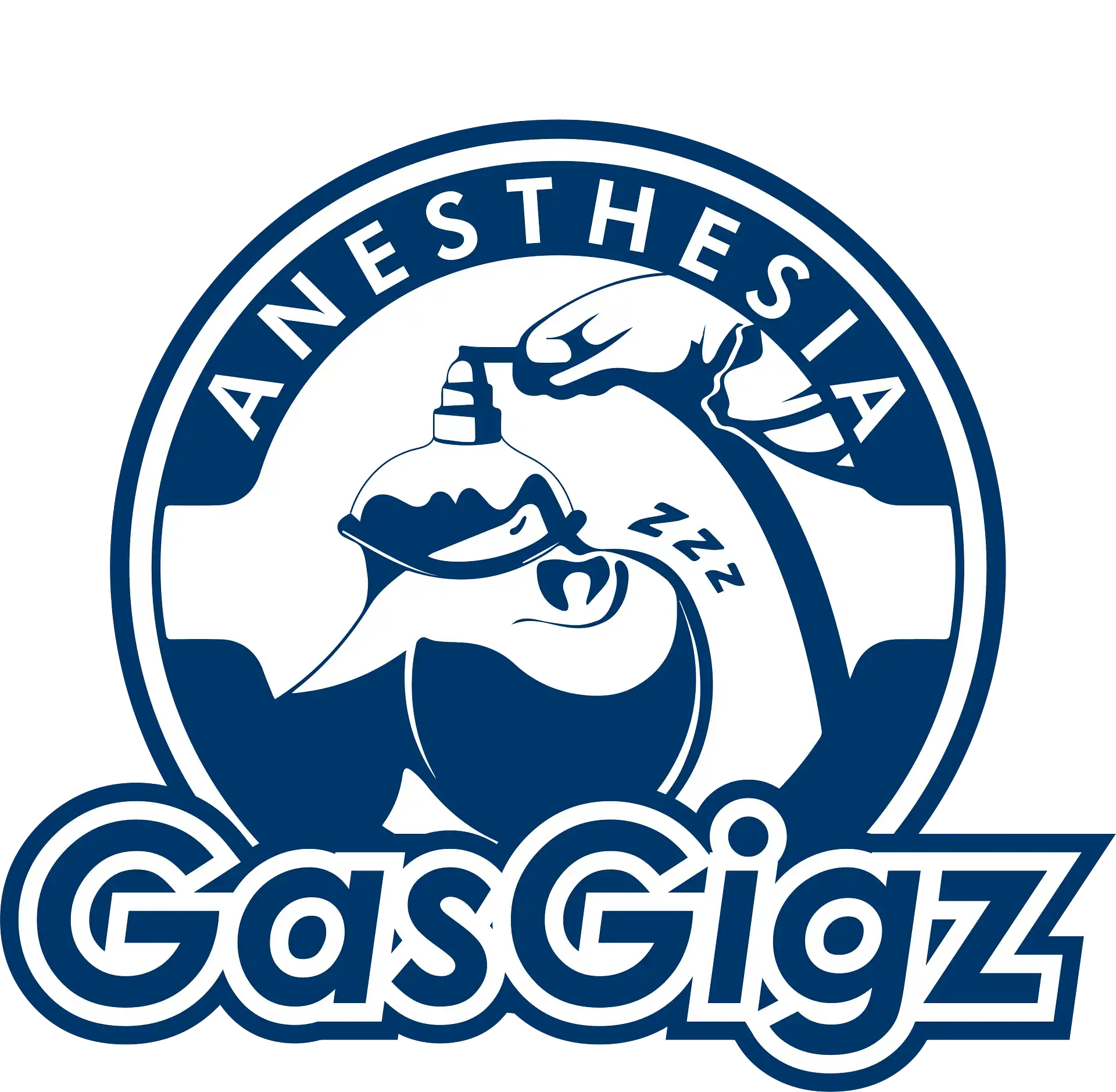*$25k Sign-On Bonus* Provides perioperative management of patients where anesthesia services are indicated.
Bookmark Details
Medical University of South Carolina
Job Summary/Purpose: The purpose of this position is to provide perioperative management of patients where anesthesia services are indicated. Duties involved in providing this care include pre-operative, intra-operative, and post-operative evaluation of patients requiring anesthetized surgical and non-surgical procedures. The AA administers appropriate anesthetics in in the framework of a written practice protocol developed for the anesthesiologist’s assistant with the attending anesthesiologists in a manner consistent with standards of practice. In addition, the AA is thoroughly familiar with the use of anesthesia machines and related equipment, assist in transport of patients, maintains adequate patient records, participates in the teaching activities of the department, participates in a variety of continuing education programs, and demonstrates a high level of professionalism in the performance of the duties of an AA Practitioner. Also, provides resuscitative care as indicated.
Minimum Training and Education: Evidenced successful completion of Anesthesiologist Assistant program certified by the National Commission for Certification of Anesthesiologist Assistants. Current certification from an agency recognized by the South Carolina Board of Medical Examiners and the Anesthesiologist’s Assistant Committee. Evidence of licensure, or ability, by the South Carolina Board of Medical Examiners
Current Basic Life Support (BLS) is required, a certification from an American Heart Association (AHA), BLS for Healthcare Providers.
Current certification in Advanced Life Support (ACLS) from the American Heart Association.
Must demonstrate current competency in the clinical privileges extended. Must be proficient in the operation of anesthesia equipment. Current knowledge in anesthesia practice. Must exhibit basic knowledge of safety in a health care facility. Knowledge and practice of universal precautions in patient contact is required. Must be able to establish and maintain an effective working relationship with surgeons, residents, anesthesia personnel, and nursing staff. Guidelines for practice are described in the departmental policy and procedure book. AAs practice under the clinical supervision of an anesthesiologist and the administrative supervision of the CRNA manager for their cost center.
Required Licensure, Certifications, Registrations: Must be recognized as a Certified AA with current license to practice, or eligible to obtain practice in the state of South Carolina. Current Basic Life Support (BLS) is required, a certification from an American Heart Association (AHA), BLS for Healthcare Providers.
Physical Requirements: Ability to perform job functions while standing. (Continuous) Ability to perform job functions while sitting. (Continuous) Ability to perform job functions while walking. (Continuous) Ability to climb stairs. (Infrequent) Ability to work indoors. (Continuous) Ability to work outside in temperature extremes. (Infrequent) Ability to work from elevated areas. (Frequent) Ability to work in confined/cramped spaces. (Frequent) Ability to perform job functions from kneeling positions. (Infrequent) Ability to bend at the waist. (Continuous) Ability to twist at the waist. (Frequent) Ability to squat and perform job functions. (Frequent) Ability to perform “pinching” operations. (Frequent) Ability to perform gross motor activities with fingers and hands. (Continuous) Ability to perform firm grasping with fingers and hands. (Continuous) Ability to perform fine manipulation with fingers and hands. (Continuous) Ability to reach overhead. (Frequent) Ability to perform repetitive motions with hands/wrists/elbows and shoulders. (Continuous) Ability to fully use both legs. (Continuous) Ability to use lower extremities for balance and coordination. (Frequent) Ability to reach in all directions. (Continuous) Ability to lift and carry 50 lbs. unassisted. (Infrequent) Ability to lift/lower objects 50 lbs. from/to floor from/to 36 inches unassisted. (Infrequent) Ability to lift from 36″ to overhead 25 lbs. (Infrequent) Ability to exert up to 50 lbs. of force. (Frequent) Examples include: To transfer a 100 lb. patient that can not assist in the transfer requires 50 lbs. of force. For every 100 additional pounds, assistance will be required from another healthcare worker. 20 lbs. of force is needed to push a 400 lb. patient in a wheelchair on carpet. 25 lbs. of force is required to push a stretcher with a patient with one hand. Ability to maintain 20/40 vision, corrected, in one eye or with both eyes. (Continuous) Ability to see and recognize objects close at hand or at a distance. (Continuous) Ability to match or discriminate between colors. (Continuous) Ability to determine distance/relationship between objects; depth perception. (Continuous) Good peripheral vision capabilities. (Continuous) Ability to maintain hearing acuity, with correction. (Continuous) Ability to perform gross motor functions with frequent fine motor movements. (Continuous) Ability to deal effectively with stressful situations. (Continuous) Ability to work rotating shifts. (Frequent) Ability to work overtime as required. (Frequent) Ability to work in a latex safe environment. (Continuous) Ability to maintain tactile sensory functions. (Continuous) (Selected Positions) *Ability to maintain good olfactory sensory function. (Continuous) *(Selected Positions) *Ability to be qualified physically for respirator use, initially and as required. (Continuous) (Selected Positions)


